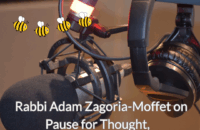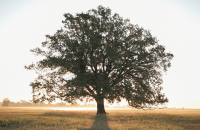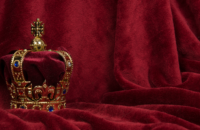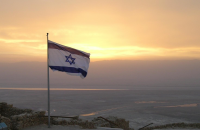The Old Beehive Lane Synagogue
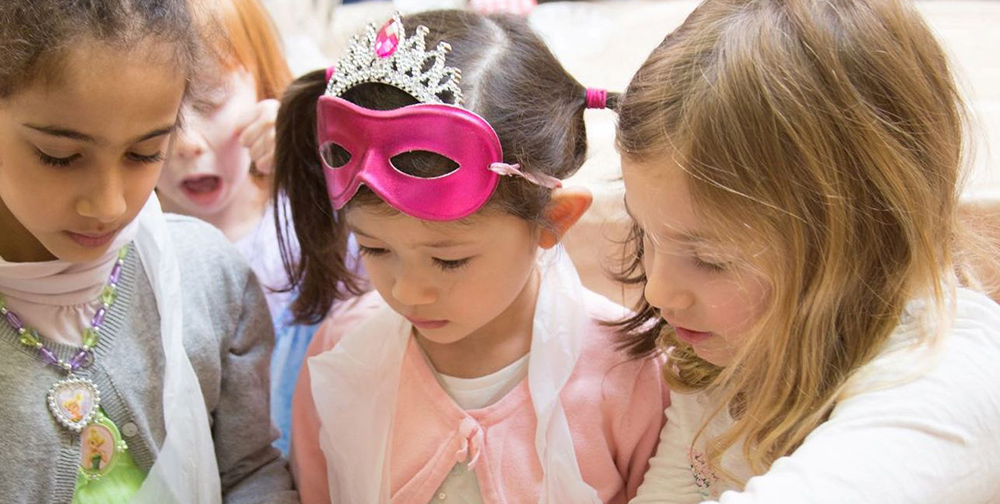
Childhood memories are treasured. My memory of the shul I grew up in is vivid. I spent a lot of time there – every Shabbat morning and three times a week Cheder until the age of 16, when the wonderful Rev Sidney Black sent me off to teach in the wilds of East Ham.
The shul was home to a community that had mainly emigrated from the East End of London. In my childhood it wasn’t a large community. The little building on the corner of Clarence Avenue became too small by the end of the 1950s and a new shul was built, just down the road which is, by today’s standards, quite old!
Our little old shul was a typical Ashkenazi United Synagogue member. In those, it was a stuffy little place with no forbidding mechitzah, just a red rope on brass poles sectioning off the females in the few back rows. The noise level during services was such that the Shammes, Dr Fundaminsky, would come up and down the centre aisle banging his book on a pew, shouting ‘Sha!!’. It wasn’t just the women who talked. I remember one Rosh Hashana sitting in the front of the female section when, during a time when the ark was open, a man turned his back on it, put one foot on the pew and started chatting to the man next to him. I was horrified and even though I was a child I asked him to be quiet and respect the service. You can imagine the response.
I loved that little shul. The sounds of the service still ring in my head. As well as the wonderful Rev Black we had Chazan Joseph Skaletsky who was also the community mohel. Rev Skaletsky, Rev Black and also Dr Fundaminsky wore long black flowing gowns and tall black clergy hats as well as white tabs – typical European legal garb. This was the custom which had grown from the days of the influence of Chief Rabbi Nathan Marcus Adler, who brought in his authoritarianism with the culture of Hanover.
In those days, there was Cheder three times a week. Those of us who loved it, as I did, went on to take the Junior and Senior Syllabus of the London Board for Jewish Religious Education and I won prizes each time. But as a girl although I went up to Woburn House to receive the prizes I was later treated as irrelevant. One of the boys went on to become a rabbi. It was only many years later that I realised how unjust this was. One day, having been told I had won a local shul prize, my name wasn’t called. Afterwards, when I asked the Headmaster where my prize was, he invited me into his office, pulled a dog-eared copy of a tiny book called ‘A Book of Jewish Thoughts’ off his shelf, and said ‘Here you are’. These things remain painful in the memory of a child.
1948 was such a special year for us in shul. We were given a copy of a new magazine called ‘Moledet’ as we celebrated the founding of the State of Israel. Rev Black taught us Israeli dancing and we learned Hatikva.
In 1957 the shul hired a Chazan Sheni, a young student from Jews College, for the High Holy Days overflow services. He was not a qualified Chazan, but he delivered the services with simplicity and beauty in his voice. This voice remains in my head even now. Moving forward fifty years he was the person who ordained me as a Chazan in New York. But thereby hangs another story’¦
Jaclyn Chernett is a founder member of, and Chazan at Kol Nefesh Masorti Synagogue, founder and director of the European Academy for Jewish Liturgy and Vice President of Masorti Judaism

